Excursion around Khreshchatyk
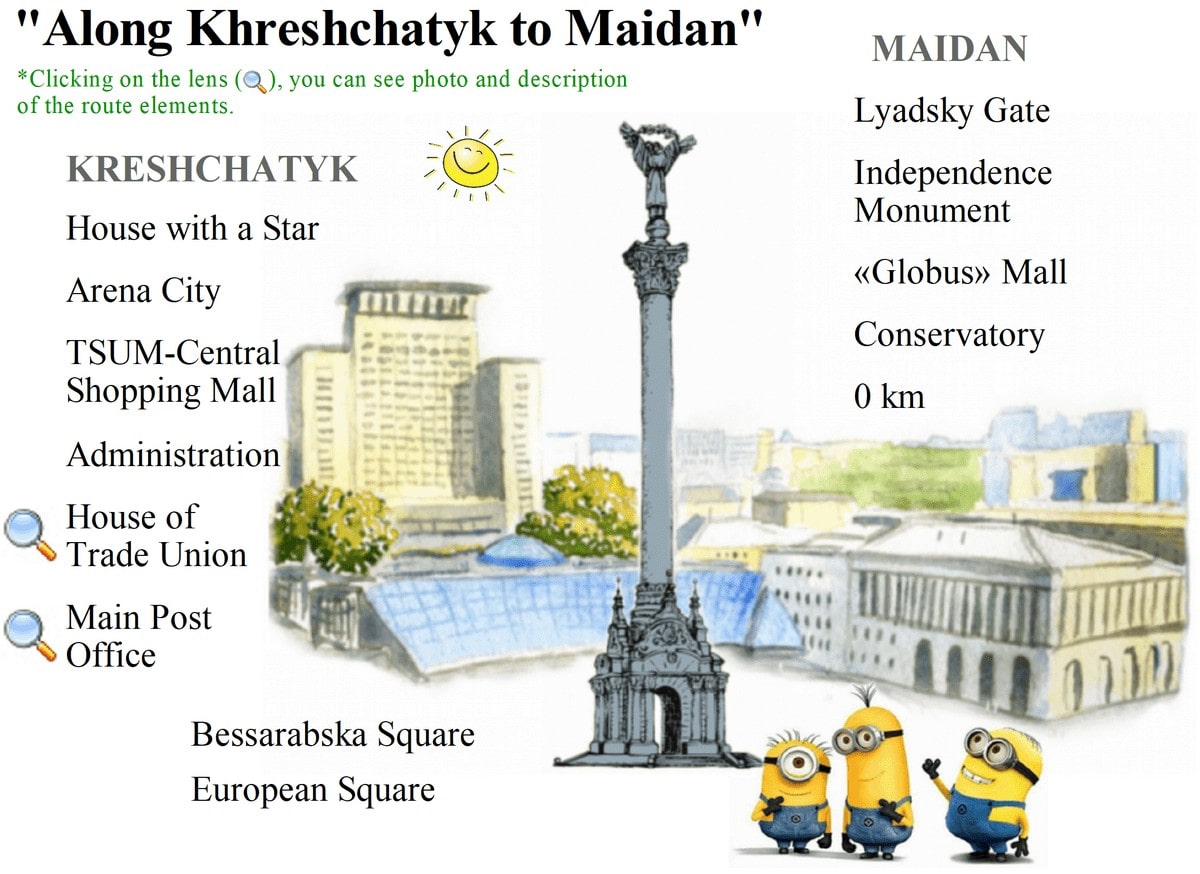
We carry out individual excursions around Khreshchatyk, where you will learn the history of the area and get to know about the origin and development of Khreshchatyk. You will also see the Main Post Office, the Central Department Store, the Passage, the Conservatory and the monumental buildings of the Soviet times. During the tour, we will walk along the main street of Kyiv and the adjacent Bessarabian and European squares, as well as will pass by the Independence Square, which was the epicenter of important events of the country since the independence of Ukraine. In addition, we offer tours along such ancient streets, as: Kostelna, Prorizna, Pushkinska, etc. Duration – 2 hours.
Map of Kreshchatyk
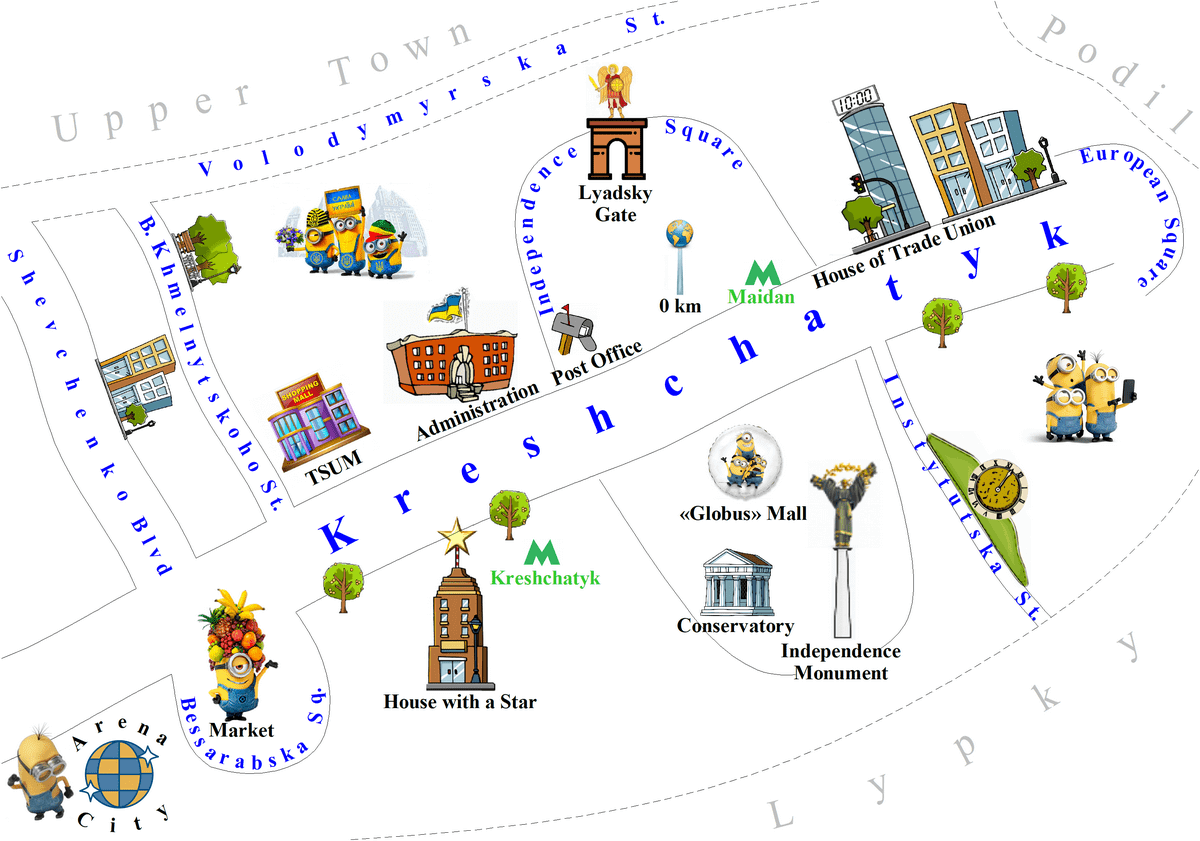
OTHER INTERESTING PLACES ON KRESHCHATYK
Excursion around Khreshchatyk will acquaint you with the main sights of this area. First of all you will walk along the central street of Kyiv – Khreshchatyk. On our way we will cross three main squares of the capital: the European Square, Bessarabska Square and Independence Square. On the way you can go to the Passage to admire the stucco on the buildings. If you want, you can also visit several shopping and entertainment centres, such as the “Globus”, “Arena City” and others.
During this excursion around Khreshchatyk you will be told what was located on this place even in the times of Kyivan Rus. The Lyadsky Gates, one of the main gates of the entrance to ancient Kyiv, are located on the main square. Until now, you can see its foundation, going down to the restaurant “OB”.
Excursion around Khreshchatyk will acquaint everyone with the entertaining part of the centre, as there are a lot of worthy places. Our guides will keep you the company and offer the best establishments to your taste.




















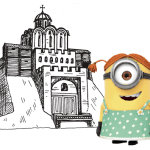




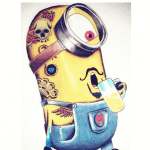

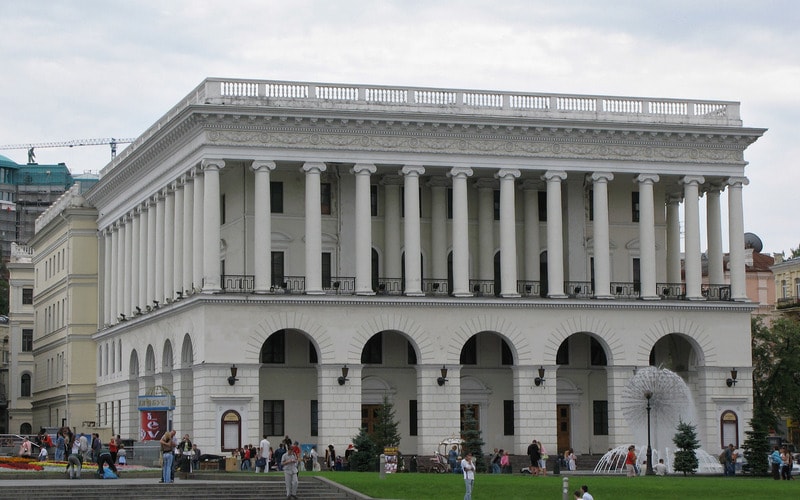
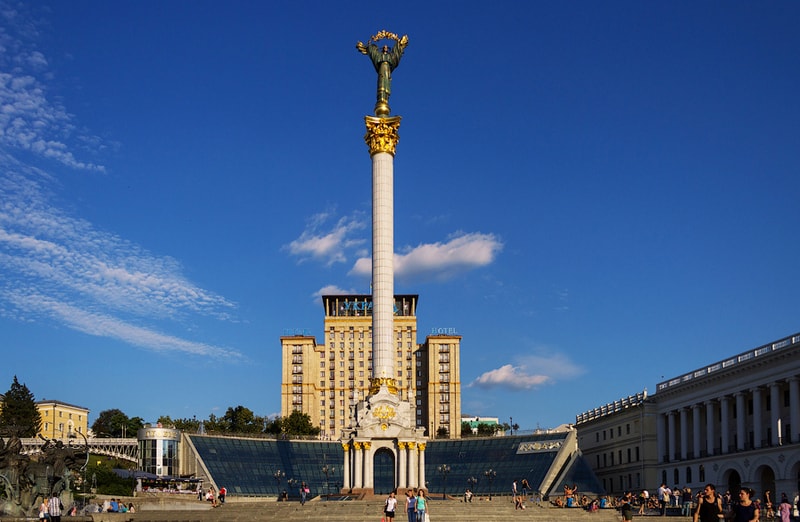

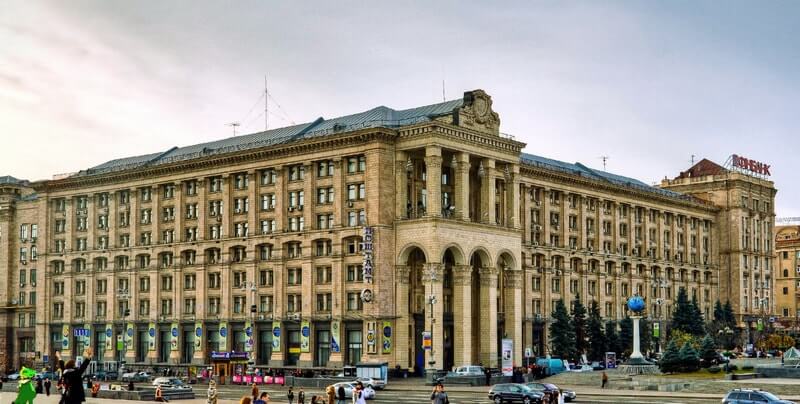
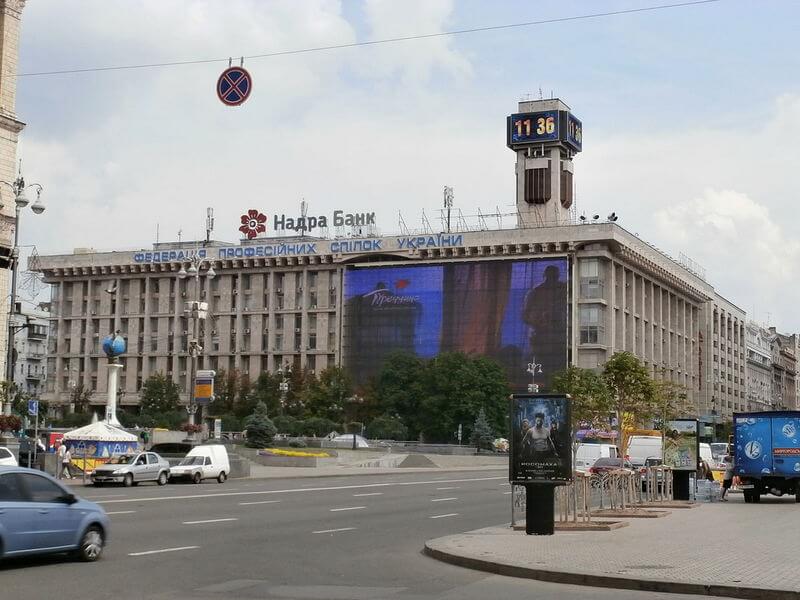
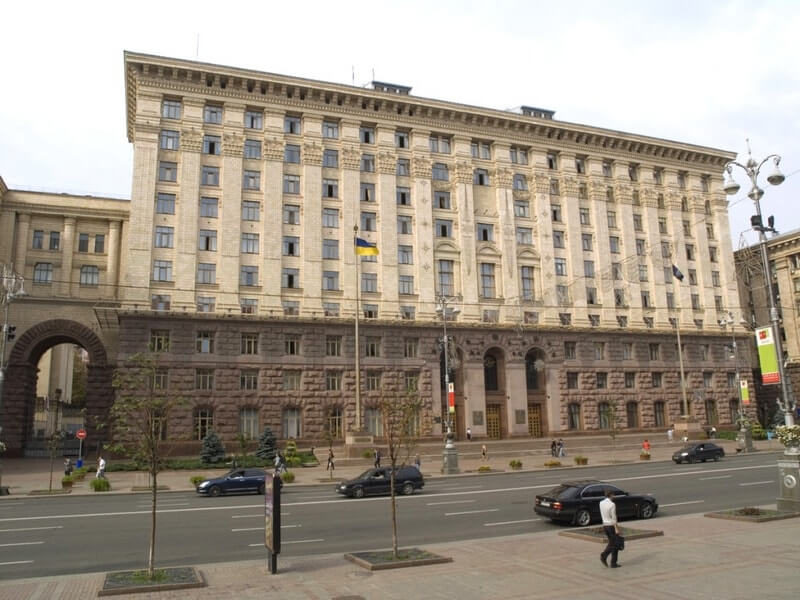
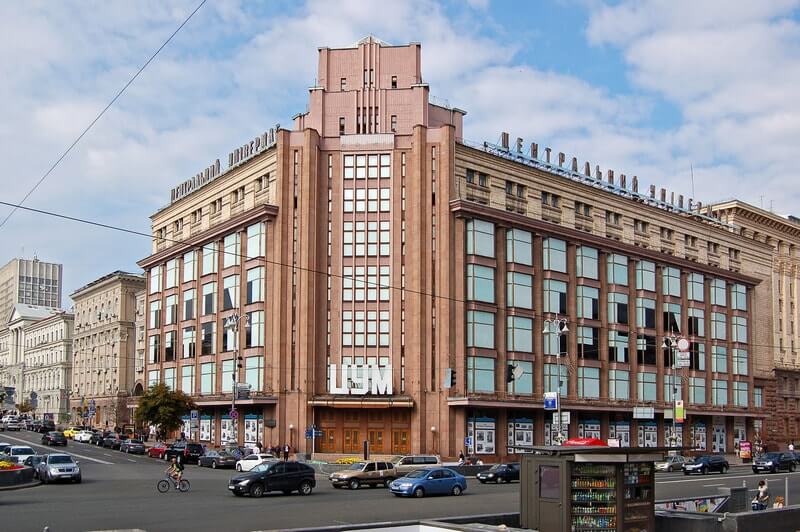
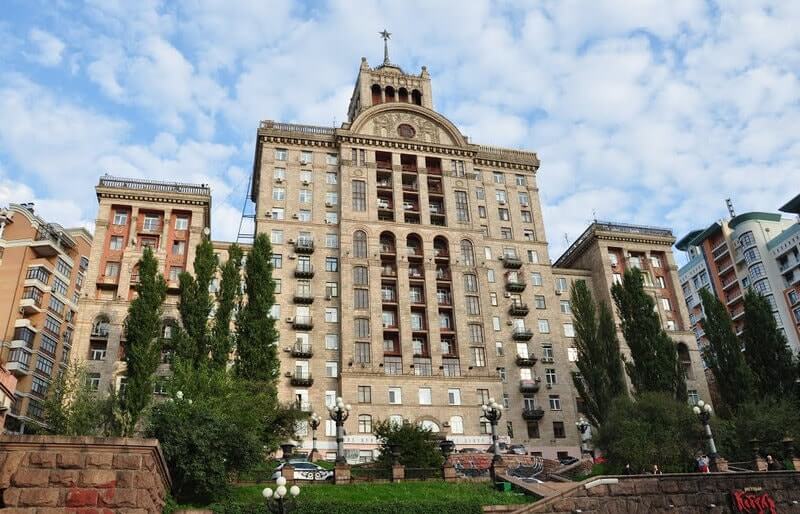
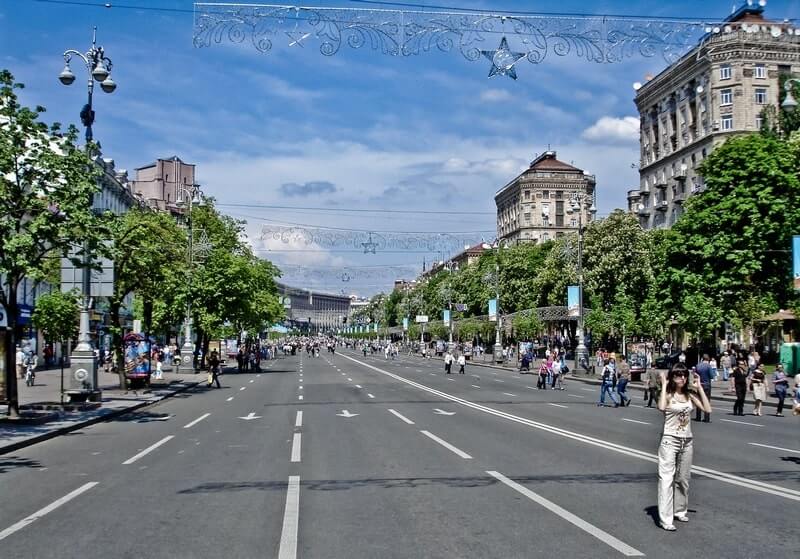
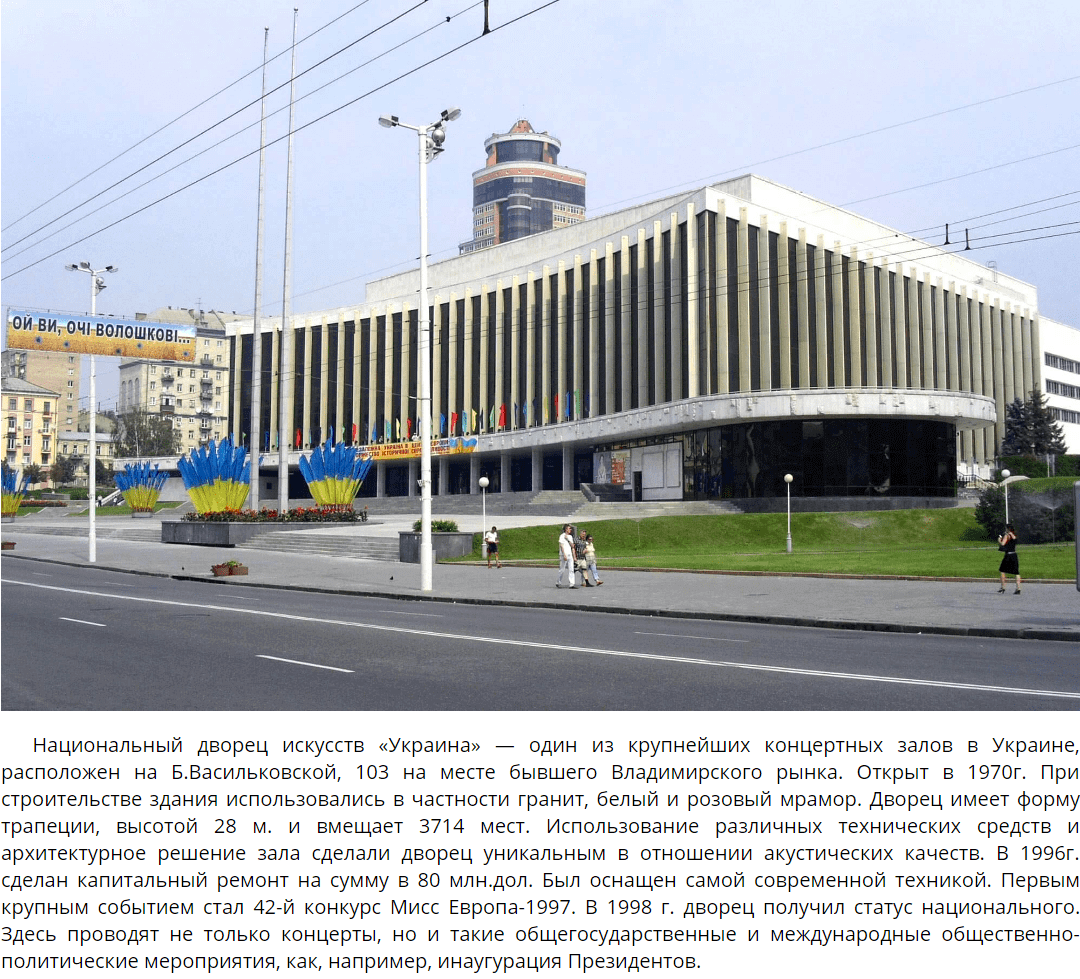
 The shopping mall “Globus” is a shopping centre located in the underground part of Independence Square. It was opened in 2001 and consists of three lines, becoming the first large-scale trade and exhibition centre of Ukraine of the international level. The area of the shopping centre is 35,000 sq. km.
The shopping mall “Globus” is a shopping centre located in the underground part of Independence Square. It was opened in 2001 and consists of three lines, becoming the first large-scale trade and exhibition centre of Ukraine of the international level. The area of the shopping centre is 35,000 sq. km.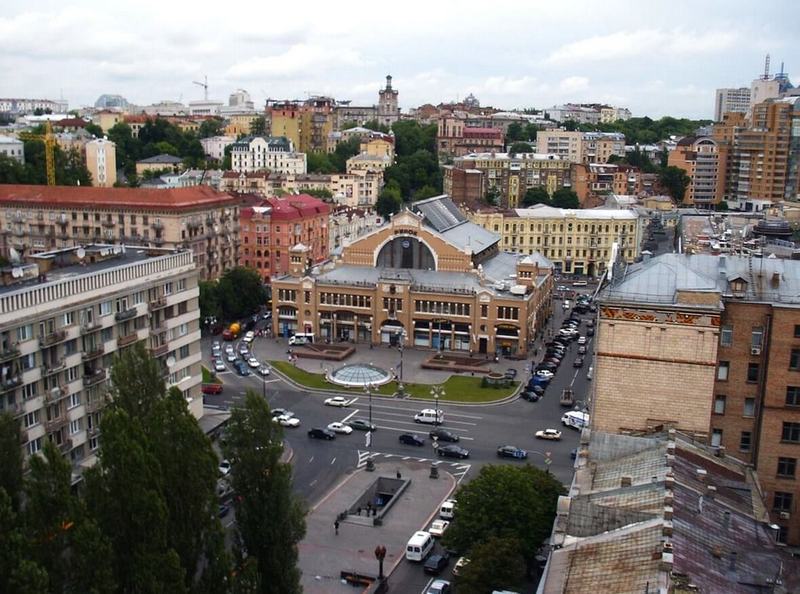 Bessarabska Square – located at the intersection of Khreshchatyk, Shevchenko Boulevard, Basseyna and Velyka Vasylkivska Streets. It has been originated at the turn of the XVIII-XIX centuries as a horse post station, next to which a spontaneous bazaar was soon formed. This area was the outskirts of Kyiv until the middle of the XIX century.
Bessarabska Square – located at the intersection of Khreshchatyk, Shevchenko Boulevard, Basseyna and Velyka Vasylkivska Streets. It has been originated at the turn of the XVIII-XIX centuries as a horse post station, next to which a spontaneous bazaar was soon formed. This area was the outskirts of Kyiv until the middle of the XIX century.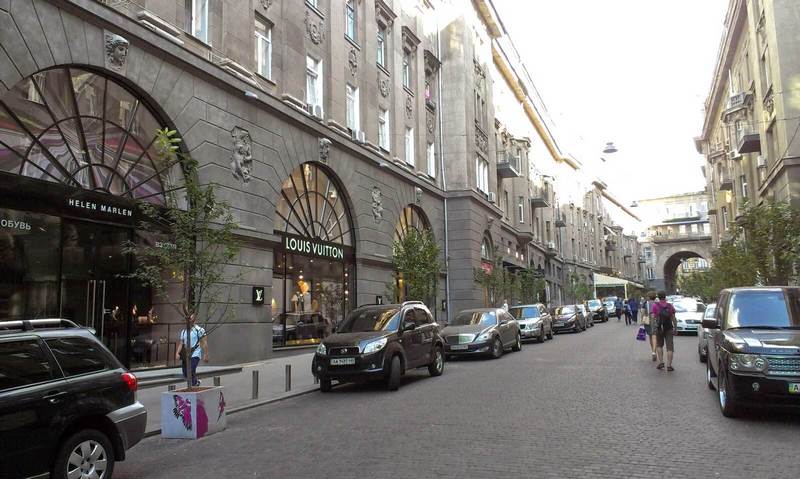 Passage – a building in the form of houses-streets, consisting of two parallel to each other buildings in the style of neoclassicism with the original stucco, connected by arches. In the late XIX-XX centuries at the place of the passage the Shtifner estate was located, which was purchased by the insurance company for building here a large business centre with shops and offices. The beginning of the construction of the arcade – 1913. In connection with the outbreak of the World War I, construction was stopped, and in 1941 the building was exploded.
Passage – a building in the form of houses-streets, consisting of two parallel to each other buildings in the style of neoclassicism with the original stucco, connected by arches. In the late XIX-XX centuries at the place of the passage the Shtifner estate was located, which was purchased by the insurance company for building here a large business centre with shops and offices. The beginning of the construction of the arcade – 1913. In connection with the outbreak of the World War I, construction was stopped, and in 1941 the building was exploded.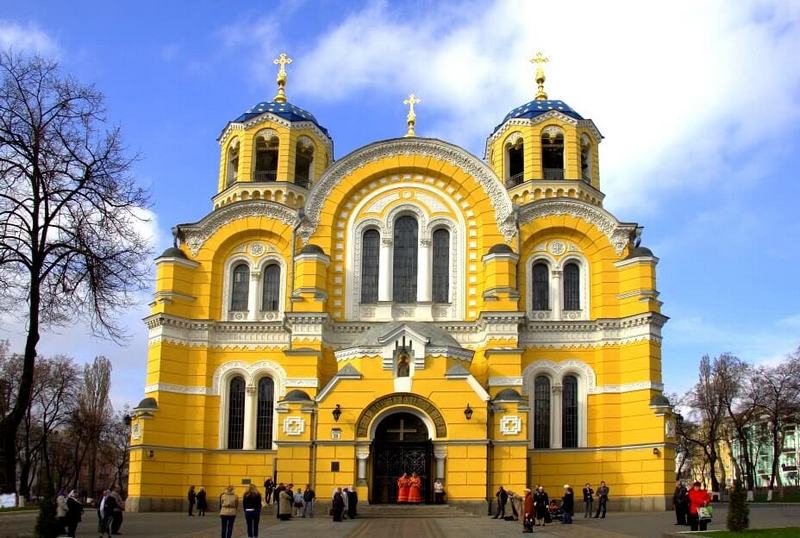 St. Volodymyr’s Cathedral – built in the Old Byzantine style in honour of Prince Volodymyr the Baptist. The idea of creating a cathedral belongs to Metropolitan Philaret Amfiteatrov. Officially it is believed that the construction of the church was started in 1852 on the order of Nicholas I. By 1859, about 100 thousand rubles were collected. The original project was developed by architect I. Shtrom, but the project was too expensive.
St. Volodymyr’s Cathedral – built in the Old Byzantine style in honour of Prince Volodymyr the Baptist. The idea of creating a cathedral belongs to Metropolitan Philaret Amfiteatrov. Officially it is believed that the construction of the church was started in 1852 on the order of Nicholas I. By 1859, about 100 thousand rubles were collected. The original project was developed by architect I. Shtrom, but the project was too expensive.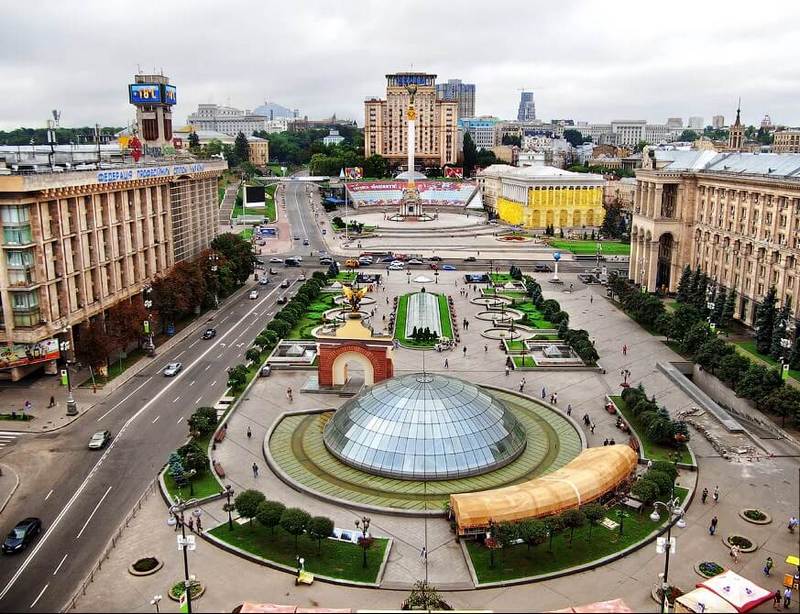 Independence Square is the central square of the capital and the main square of the country’s significant events. This area is known even before the X century and was called “Perevesyshche”, representing a dense marshy thickets. By the end of the XVIII century at the place of the square was a wasteland, and the place itself popularly was called the “Goat’s Marsh”.
Independence Square is the central square of the capital and the main square of the country’s significant events. This area is known even before the X century and was called “Perevesyshche”, representing a dense marshy thickets. By the end of the XVIII century at the place of the square was a wasteland, and the place itself popularly was called the “Goat’s Marsh”.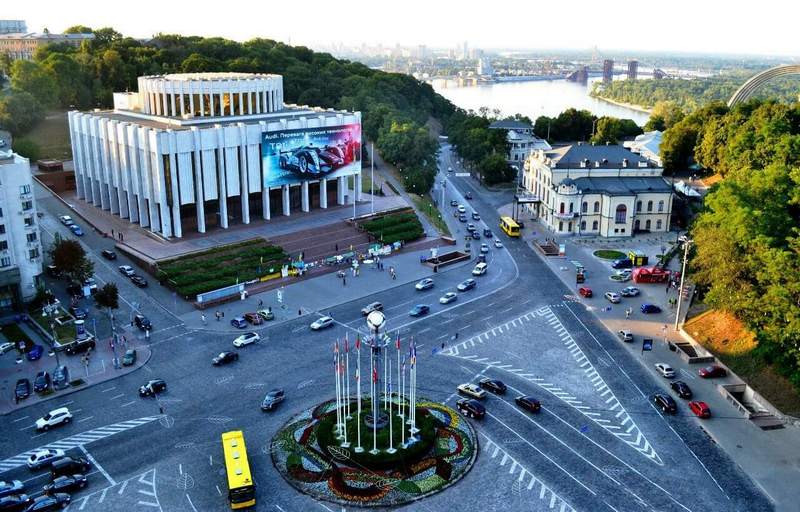 European Square – the Yevseikova Valley (XVII century.), later – the Kinna (Horse) Square (horse fairs were held), from the XIX century – Teatralna Square (in honour of the first city theatre built on the square), then the European one (because of the hotel with the same name at the site of the demolished theatre, today at the place of the hotel is located the Ukrainian house).
European Square – the Yevseikova Valley (XVII century.), later – the Kinna (Horse) Square (horse fairs were held), from the XIX century – Teatralna Square (in honour of the first city theatre built on the square), then the European one (because of the hotel with the same name at the site of the demolished theatre, today at the place of the hotel is located the Ukrainian house). Khreshchatyk Street is the main street of Kyiv 1.3 km long, located between the European and Bessarabian squares, crossing the main square of the capital – Independence Square. In the times of Kyivan Rus part of Khreshchatyk (from the Independence Square to the European Square) was called Perevesyshche and was located outside of Kyiv. This area was covered with forest, in which local princes went hunting for small animals and birds with the help of “perevisiv” (nets).
Khreshchatyk Street is the main street of Kyiv 1.3 km long, located between the European and Bessarabian squares, crossing the main square of the capital – Independence Square. In the times of Kyivan Rus part of Khreshchatyk (from the Independence Square to the European Square) was called Perevesyshche and was located outside of Kyiv. This area was covered with forest, in which local princes went hunting for small animals and birds with the help of “perevisiv” (nets).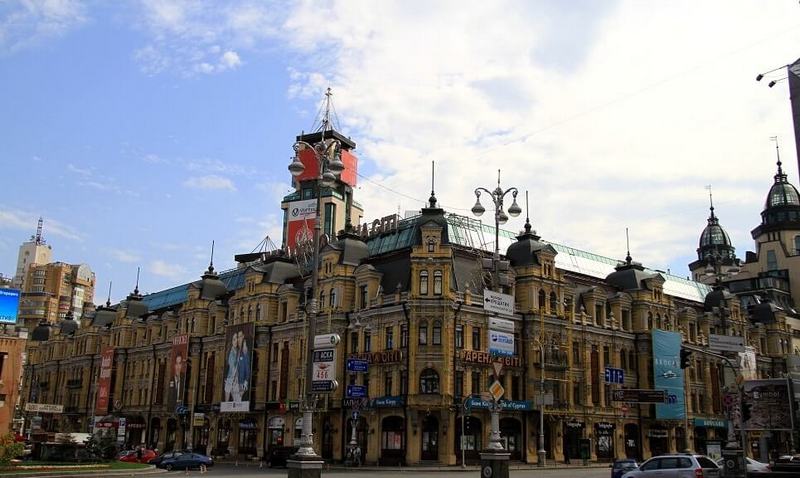 “Arena City” mall is a premium shopping complex, one of the most pompous buildings located on the corner of Basseyna and Velyka Vasylkivska streets. The corner of the house №1 on V. Vasylkivska was built in 1896, in the period of 1899-1900 – part of the complex from the side of Bessarabska Square and Basseyna Street, 2, and in 1900-1901 – part of the building along the street Velyka Vasylkivska , 3. These three parts are so similar in design that they are perceived as one large building.
“Arena City” mall is a premium shopping complex, one of the most pompous buildings located on the corner of Basseyna and Velyka Vasylkivska streets. The corner of the house №1 on V. Vasylkivska was built in 1896, in the period of 1899-1900 – part of the complex from the side of Bessarabska Square and Basseyna Street, 2, and in 1900-1901 – part of the building along the street Velyka Vasylkivska , 3. These three parts are so similar in design that they are perceived as one large building.